

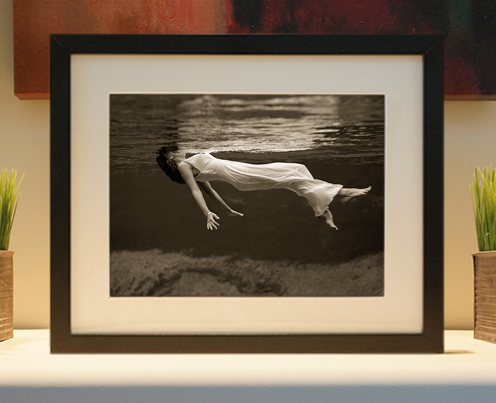
Framed or unframed, desk size to sofa size, printed by us in Arizona and Alabama since 2007. Explore now.
Shorpy is funded by you. Patreon contributors get an ad-free experience.
Learn more.

- Freeze Frame
- Texas Flyer wanted
- Just a Year Too Soon
- WWII -- Replacing men with women at the railroad crossing.
- Yes, Icing
- You kids drive me nuts!
- NOT An Easy Job
- I wonder
- Just add window boxes
- Icing Platform?
- Indiana Harbor Belt abides
- Freezing haze
- Corrections (for those who care)
- C&NW at Nelson
- Fallen Flags
- A dangerous job made worse
- Water Stop
- Passenger trains have right of way over freights?
- Coal
- Never ceases to amaze me.
- Still chuggin' (in model form)
- Great shot
- Westerly Breeze
- For the men, a trapeze
- Tickled
- Sense of loneliness ...
- 2 cents
- Charm City
- What an Outrage
- Brighton Park
Print Emporium
Something Wicker: 1912
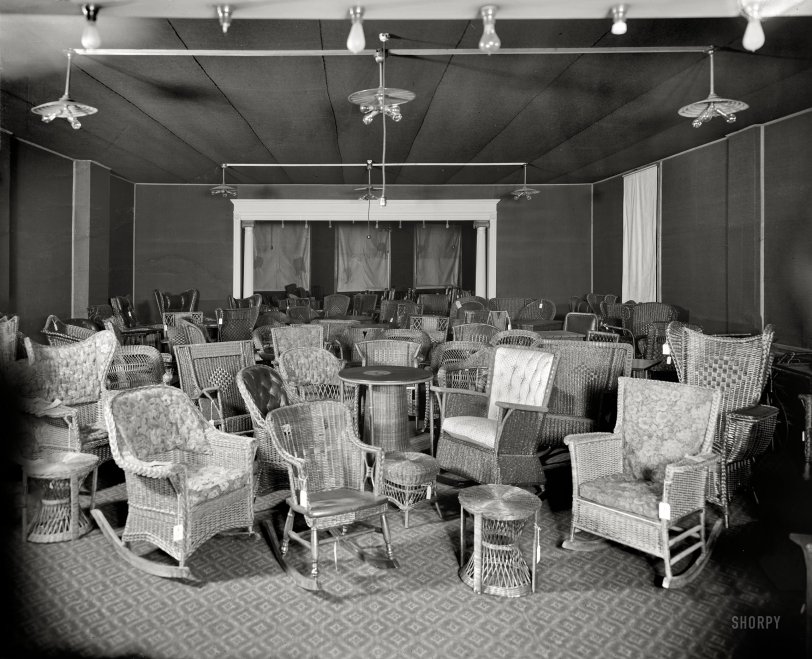
Detroit, Michigan, circa 1912. "Pringle Furniture Co. -- chairs." 8x10 inch dry plate glass negative, Detroit Publishing Company. View full size.
Wicker Technology
Actually, Julian, wicker received a technological boost in about 1920 when a Minneapolis resident by the name of Marshall Lloyd developed and patented an automatic wicker loom. This invention allowed the construction of sheets of woven wicker quickly and inexpensively. The loom patent was sold to Heywood Wakefield and that company was soon a very major producer of wicker furniture.
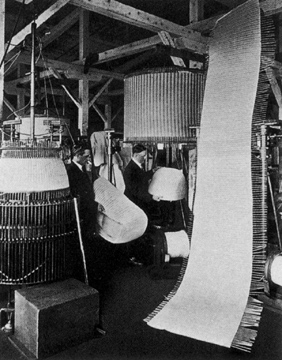
State of the Art
Judging by this picture the wicker industry hasn't enjoyed the same rate of technological development as say the radio or automobile industries have in the last century. In fact I would guess that you could pick up the very same models today at Wild Wally's World of Wicker.
I suspect
Those hideous blinds were never meant to be seen by the public. However, judging by the light filtering through, even with the awnings which you can see the shadow of, without the blinds you wouldn't see the merchandise in this photo.
You can have any style you want
as long as it's Wicker.
Eclectic and Electric
It looks as if the folks at Pringle's were pulling out all the stops for showroom illumination. Somehow, I imagine the resulting glare didn't enhance the appearance of anything in the showroom.
The furniture store on Gratiot Avenue
According to old Detroit City Directories, the Pringle Furniture Company was located at 121-123 Gratiot Avenue, between Brush and Beaubien Streets. It was originally incorporated in 1884 as the Detroit Picture Company with a capitalization of $25,000 for the purpose of selling "furniture, carpets, pictures and frames." In 1910, the company changed its name at the same time Herman Endriss left as President and was replaced by the Vice President, William A. Secord. In 1911, James Pringle came aboard as VP, joining the company's long-time Secretary-Treasurer, David Pringle.





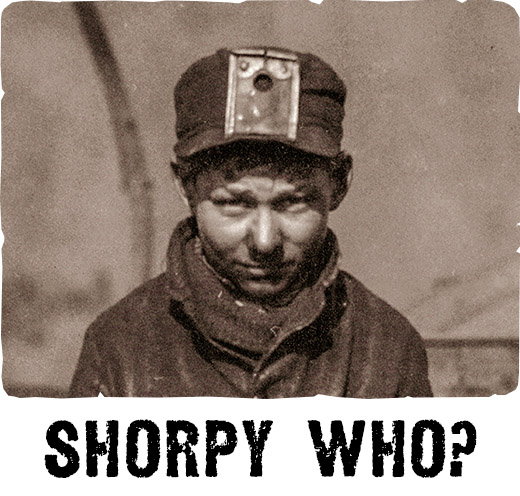
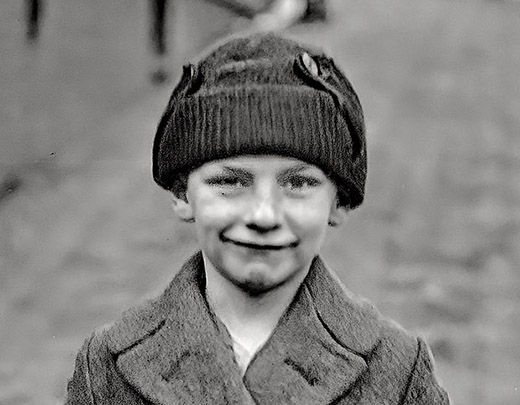
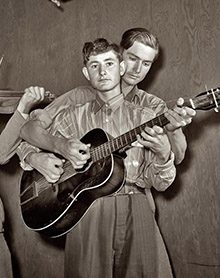
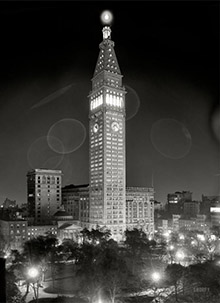
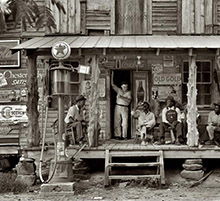
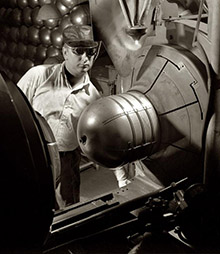
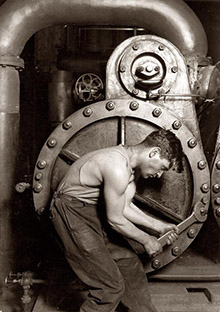

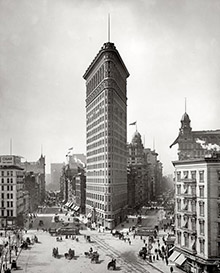
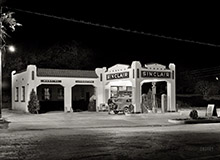
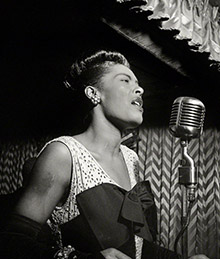
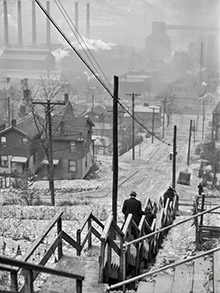
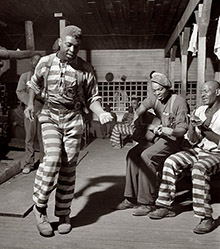
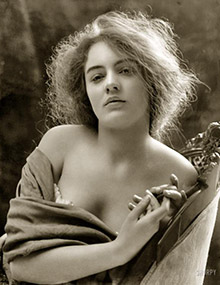
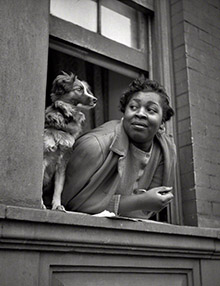
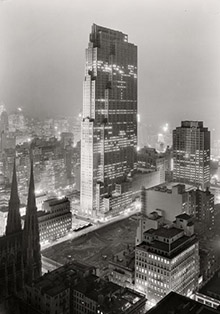
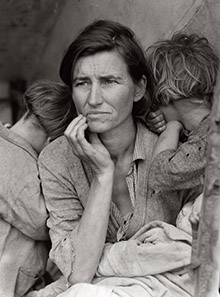
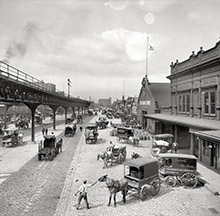
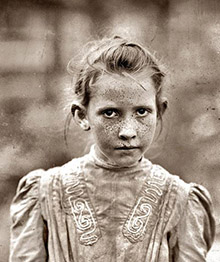
On Shorpy:
Today’s Top 5